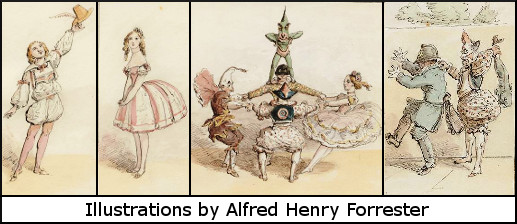Edgar Allan Poe? Ted Olson? Anonymous?
Question for Quote Investigator: There is a verse stating that only one person out of one-hundred is actively working toward making bold dreams come true. This notion has been ascribed to the horror master Edgar Allan Poe. Are you familiar with this verse? Would you please examine this topic?
Reply from Quote Investigator: The October 1, 1926 issue of “Forbes” magazine printed a five stanza poem by Ted Olson titled “Dreamer and Doer”. The first stanza described the ineffectual “dreamer” archetype. Emphasis added to excerpts by QI:1
It’s easy enough, my friend, to dream
Of Utopian worlds afar;
Where wealth and power and prowess gleam
Remote as the utmost star.
The final stanza described the “doer” archetype and included the statement under investigation:
And ninety-nine are with dreams content.
But the hope of a world made new
Is the hundredth man who is grimly bent
On making the dream come true!
Edgar Allan Poe died in 1849 long before the poem above first appeared, and QI has found no substantive evidence linking him to these words.
Below are additional selected citations in chronological order.
Continue reading “Quote Origin: It’s Easy Enough, My Friend, to Dream of Utopian Worlds Afar…”
